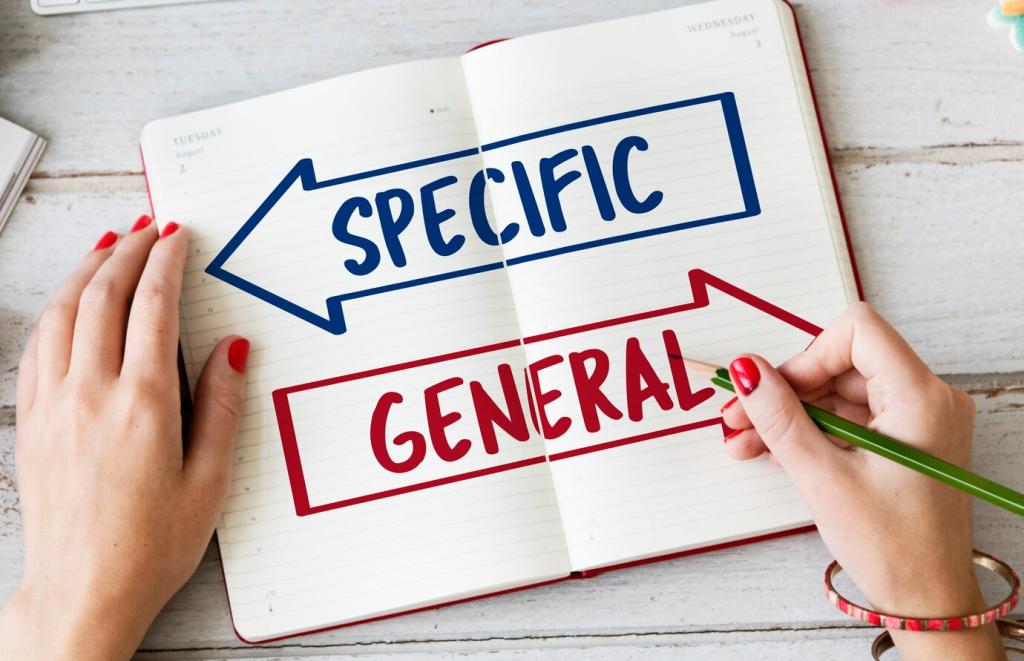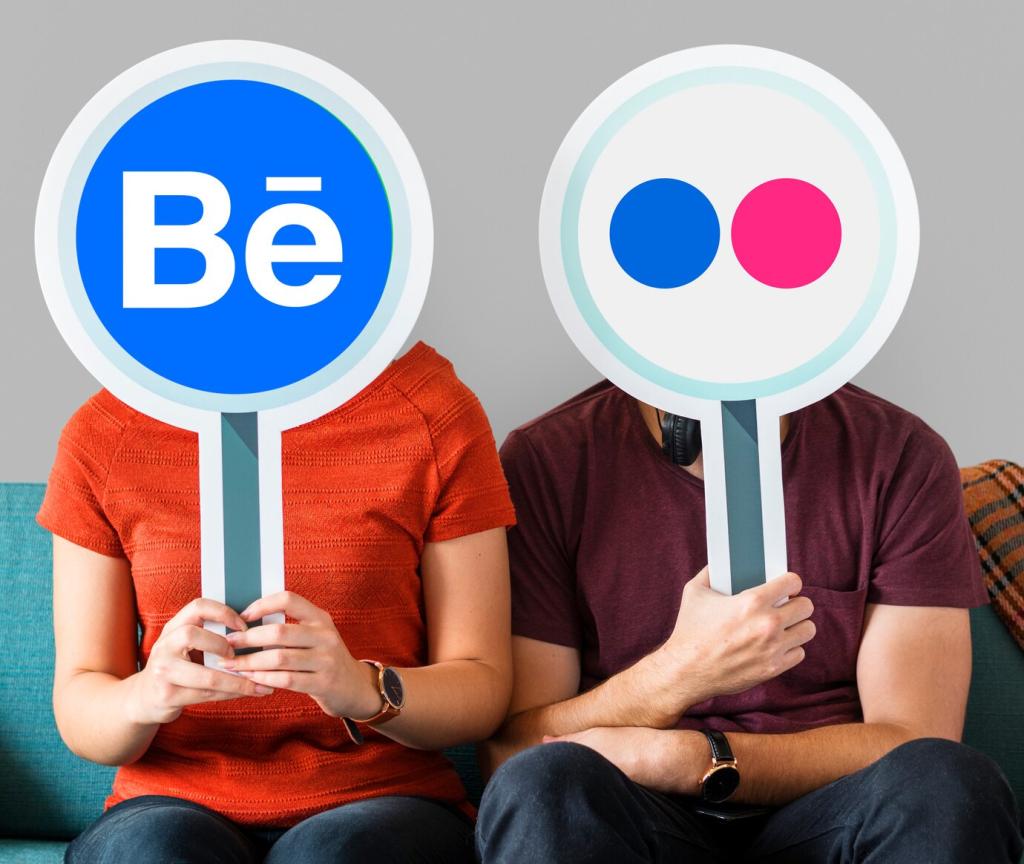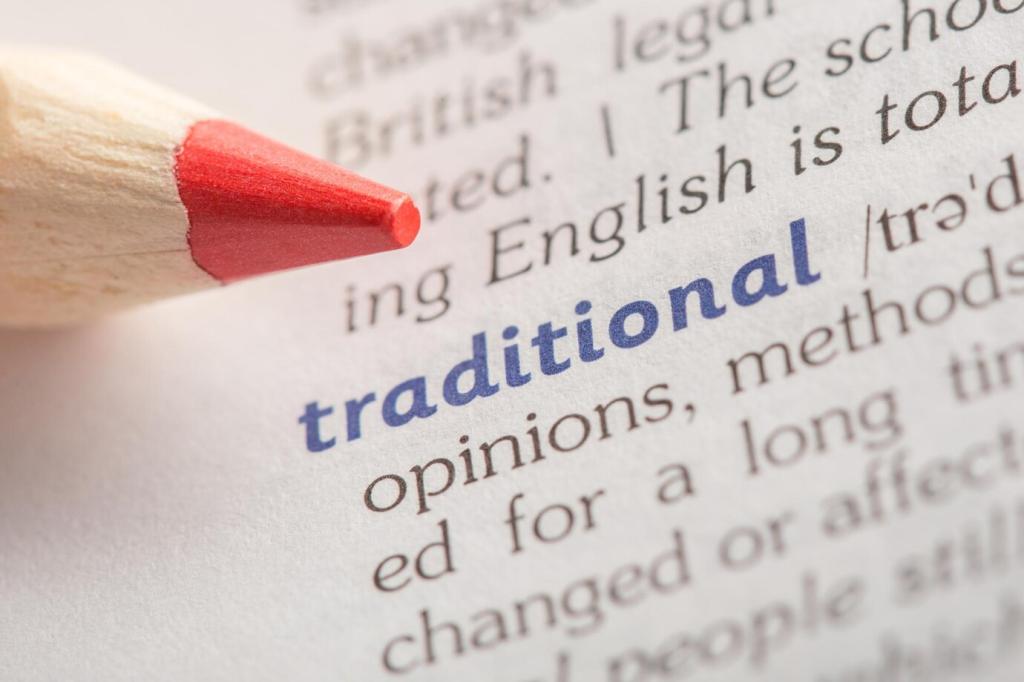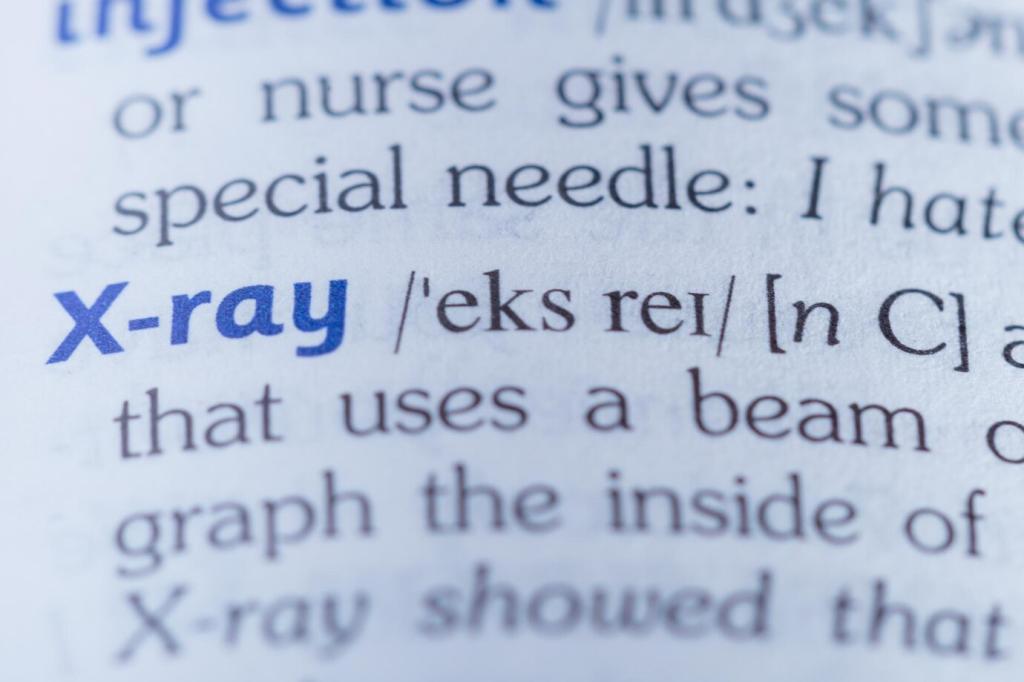Top Language Schools Worldwide: A Comparative Analysis
Chosen theme: Top Language Schools Worldwide: A Comparative Analysis. Explore how leading programs stack up on teaching quality, immersion, outcomes, and culture—so you can choose confidently. Subscribe for new comparisons, and share which schools or languages you want us to analyze next.

Criteria That Matter
We evaluate curriculum design, instructor credentials, immersion intensity, class sizes, student support, assessment quality, certification pathways, alumni outcomes, and community integration. Tell us which criteria you value most, and we will weigh them in future comparisons.
Data You Can Trust
Our analysis blends official syllabi, accreditation records, recognized exam results, graduate surveys, campus observations, and alumni interviews. If you have firsthand experience at any school, comment to enrich our dataset with lived, learner-centered insight.
European Standouts: Pedagogy Meets Heritage

Goethe-Institut vs. Alliance Française
Both institutions excel, but their strengths differ: Goethe emphasizes structured progression and comprehensive cultural programming, while Alliance Française leans toward expressive communication and francophone arts. Share your classroom stories to help readers parse teaching style subtleties.

Instituto Cervantes and Salamanca’s Cursos Internacionales
Cervantes centers shine with standardized DELE preparation and global reach, whereas Salamanca’s university setting offers rich academic context and citywide immersion. Which pathway suits you—standardized mastery or collegiate environment? Tell us in the comments.

Anecdote from a Lisbon Classroom
A learner recounted how a morning grammar workshop clicked only after an afternoon fado lyric session, where idioms carried emotion. That juxtaposition of structure and soul is why European programs often turn theory into lived, memorable language.
Asia-Pacific Leaders: Precision, Pace, and Immersion
Beijing Language and Culture University offers dense academic tracks and broad level placement, while Taipei’s NTNU MTC balances traditional materials with lively conversation practice. Comment if tones, characters, or cultural coursework most shaped your Mandarin breakthrough.


Asia-Pacific Leaders: Precision, Pace, and Immersion
Yonsei’s Korean Language Institute builds pace with strong TOPIK alignment, whereas Waseda’s Center for Japanese Language pairs grammar precision with campus club immersion. Which exam track or campus culture pushed your confidence forward? Share your experience below.

This is the heading
Lorem ipsum dolor sit amet, consectetur adipiscing elit. Ut elit tellus, luctus nec ullamcorper mattis, pulvinar dapibus leo.

This is the heading
Lorem ipsum dolor sit amet, consectetur adipiscing elit. Ut elit tellus, luctus nec ullamcorper mattis, pulvinar dapibus leo.
Teaching Approaches: Immersion vs. Structured Sequencing
Total Immersion Done Right
True immersion is scaffolded, not sink-or-swim. Successful programs pair target-language-only policies with visual aids, role-play, and reflective debriefs. Tell us if your program balanced challenge and clarity, or if you felt overwhelmed during the first crucial week.
Explicit Grammar that Sticks
Learners benefit when grammar is taught alongside communicative tasks. We prioritize schools that move from form to meaning to fluency within a single lesson arc. Subscribe for sample lesson breakdowns that convert theory into your daily study routine.
Feedback and Assessment Culture
Programs with frequent, low-stakes feedback—mini-orals, writing microtasks, and pronunciation clinics—beat those with only midterms and finals. Share how feedback frequency changed your progress curve, and we will highlight models that mirror your success.
Certifications and Outcomes: Proof That Travels
We compare how programs map curricula to exams like DELE, DELF/DALF, TestDaF, JLPT, TOPIK, and HSK. If you pursued a certificate, tell us which classroom practices—mock tests, feedback loops, or timed drills—mattered most.
Budgeting, Aid, and True Value
Time as a Currency
We compare contact hours, guided practice, and independent study frameworks to show how weeks translate into skills. Tell us your ideal weekly rhythm so we can surface programs that match your life without burning you out.


Scholarships and Access
We highlight need-based aid, merit awards, and cultural grants that expand opportunity. If you found support through an institute or embassy program, share details to help future learners navigate options with hope, not guesswork.
Student Stories: Small Moments, Big Leaps
The Language Pledge Epiphany
A student whispered their first dream in the target language during week three, startled awake but thrilled. That quiet milestone signaled deep mental shift. Share your own turning point; we will feature select stories in our next roundup.
From Script to Street
Another learner moved from workbook kana to ordering ramen smoothly, then chatted with the chef about regional broth styles. The pride lasted all week and fueled disciplined review. What street interaction lit up your studies?
Exam Nerves to Calm Clarity
A test-taker battled jitters until a teacher reframed tasks as conversations with a friendly future self. Scores improved, but more importantly, confidence stuck. Subscribe for our toolkit on performance psychology for language learners.
Choose Your Best Fit: A Practical Checklist
Decide whether you need certification, academic readiness, workplace fluency, or cultural depth. Comment with your top outcome, and we will recommend program profiles aligned to your personal roadmap.

